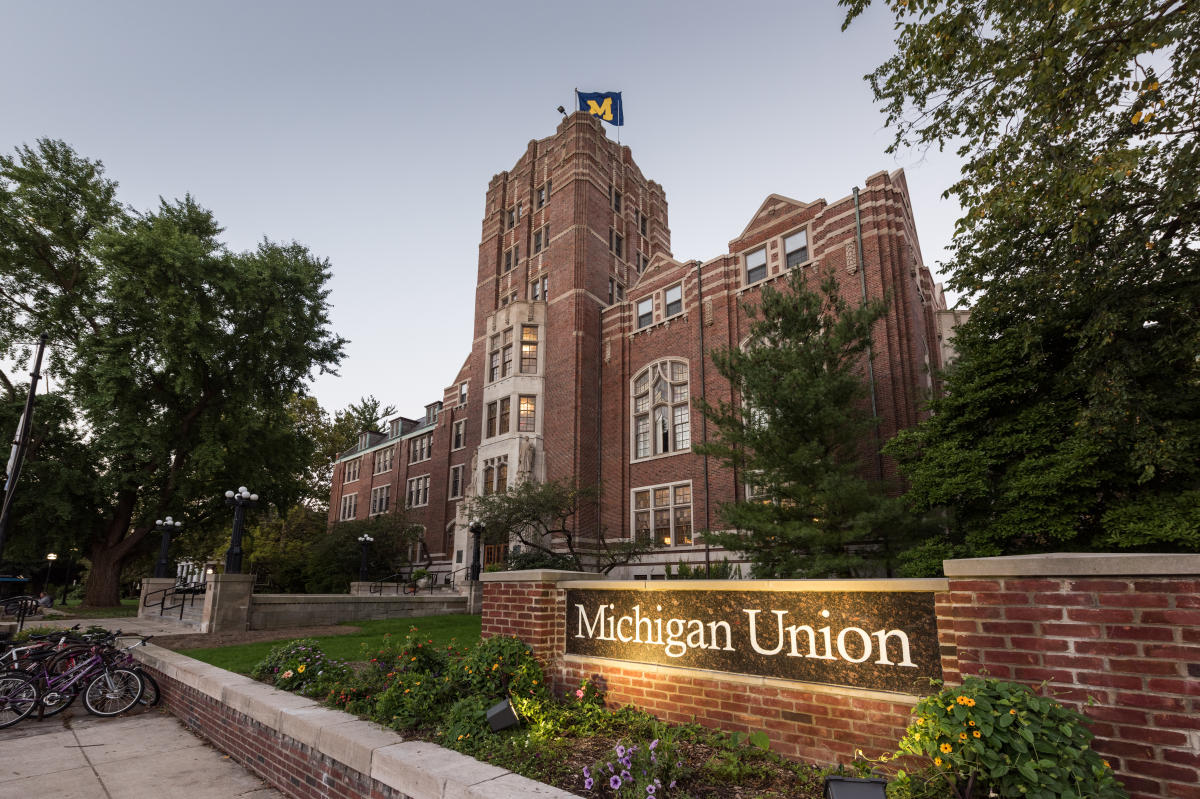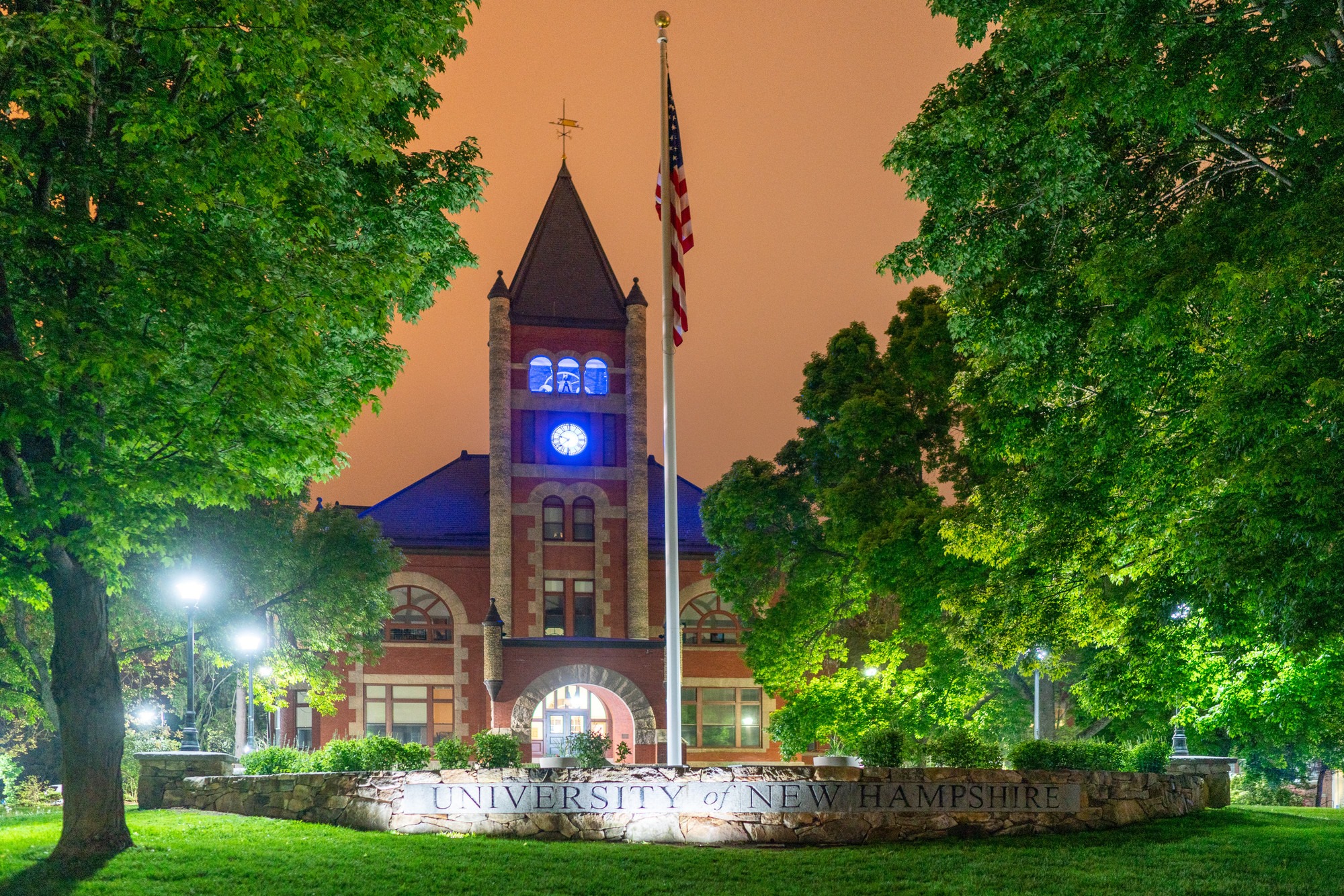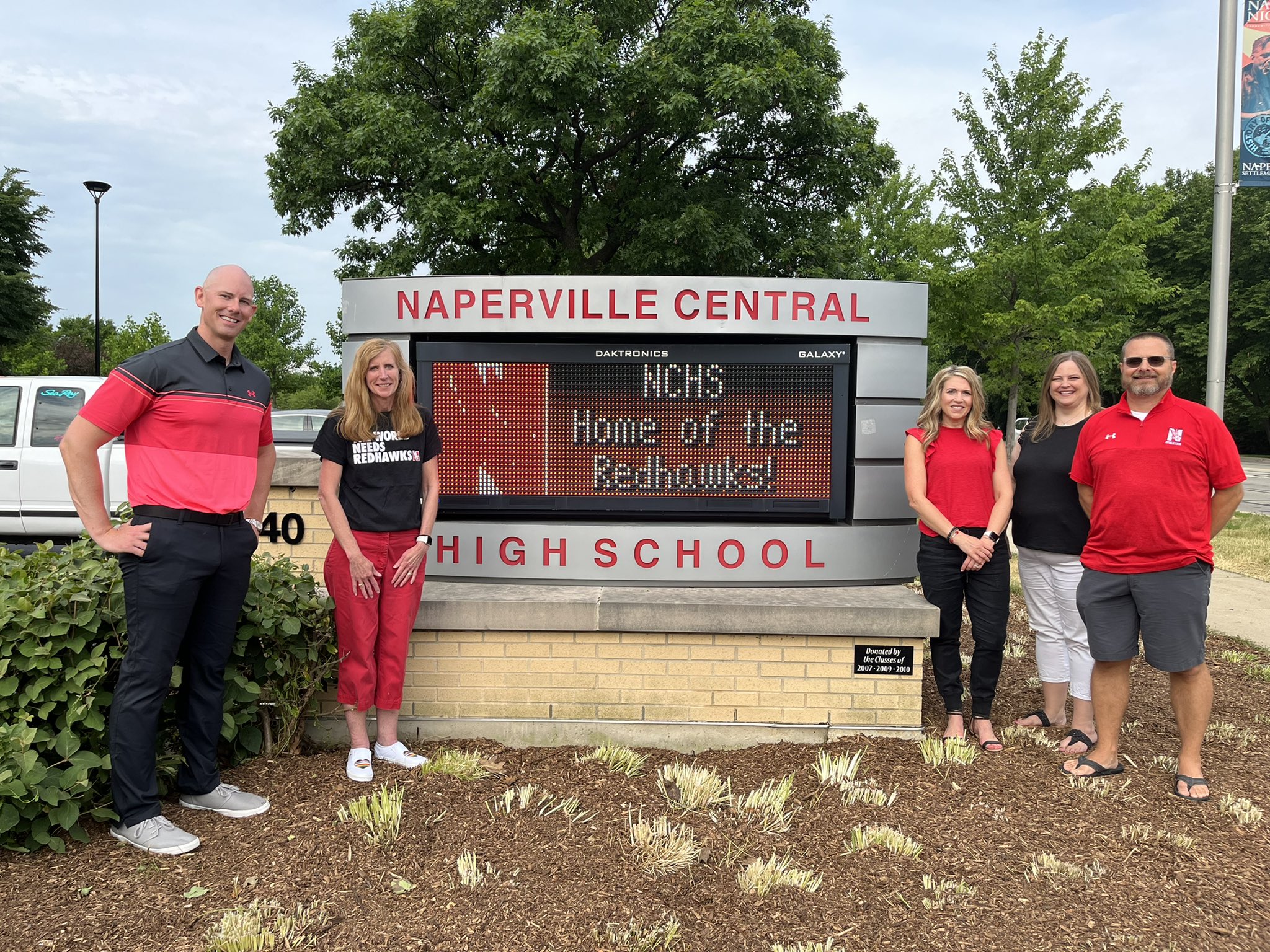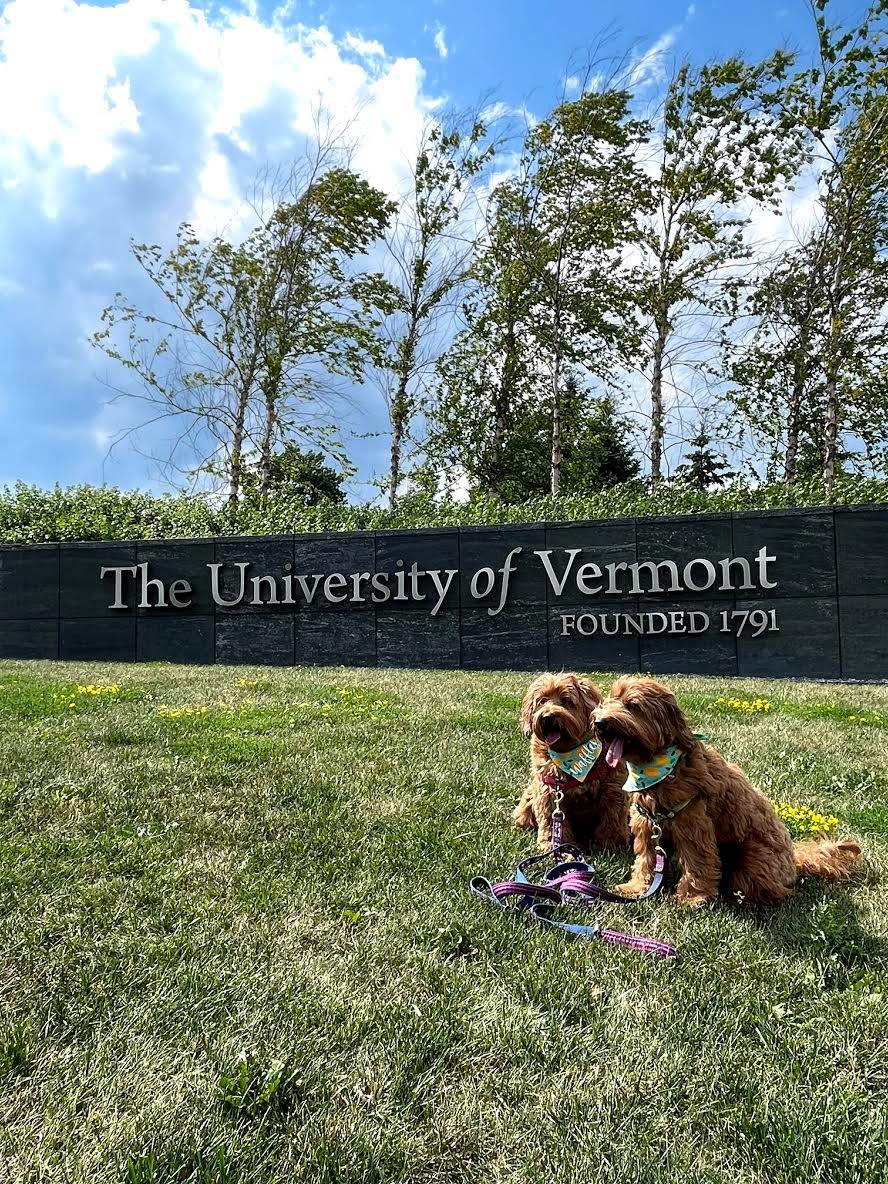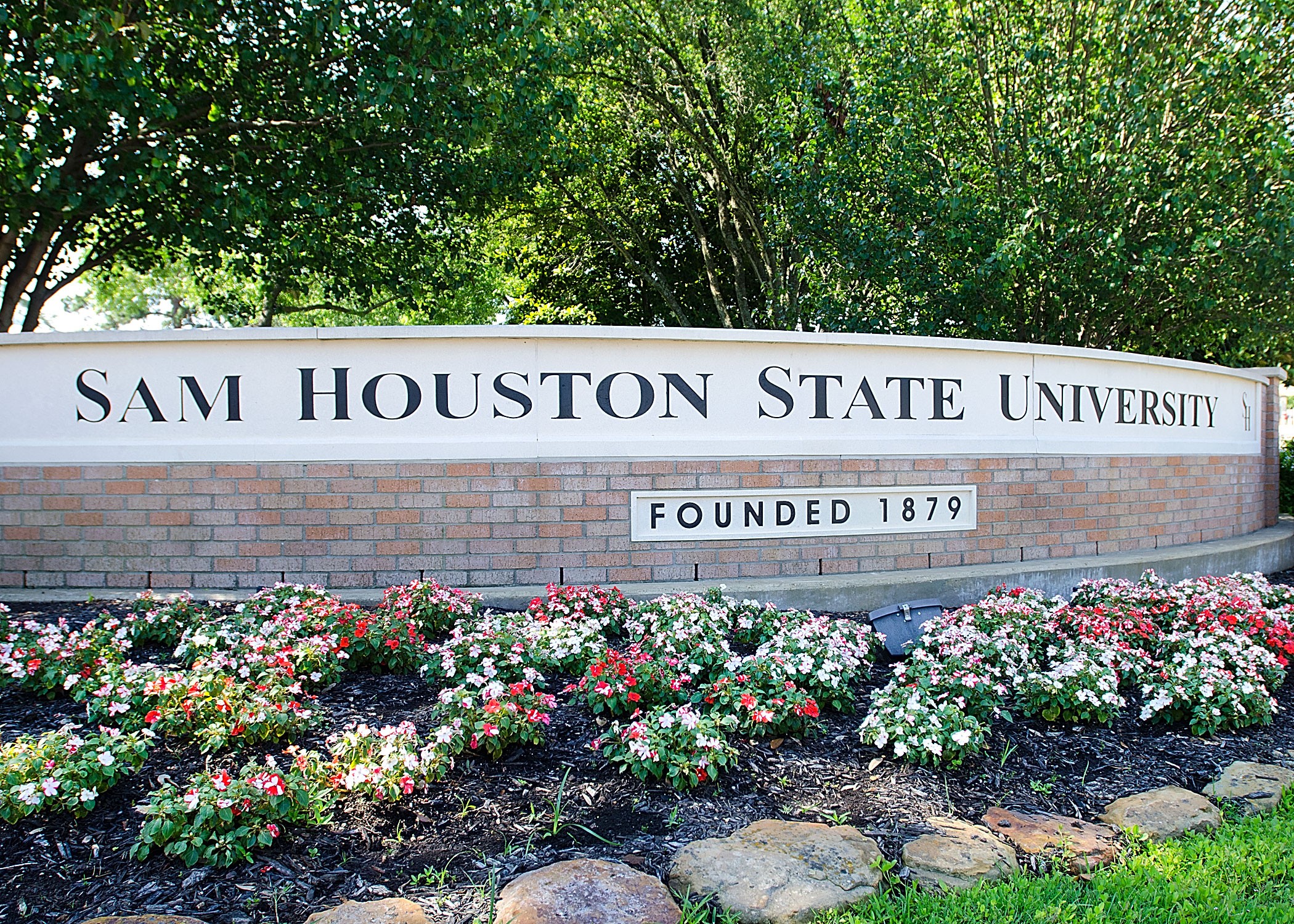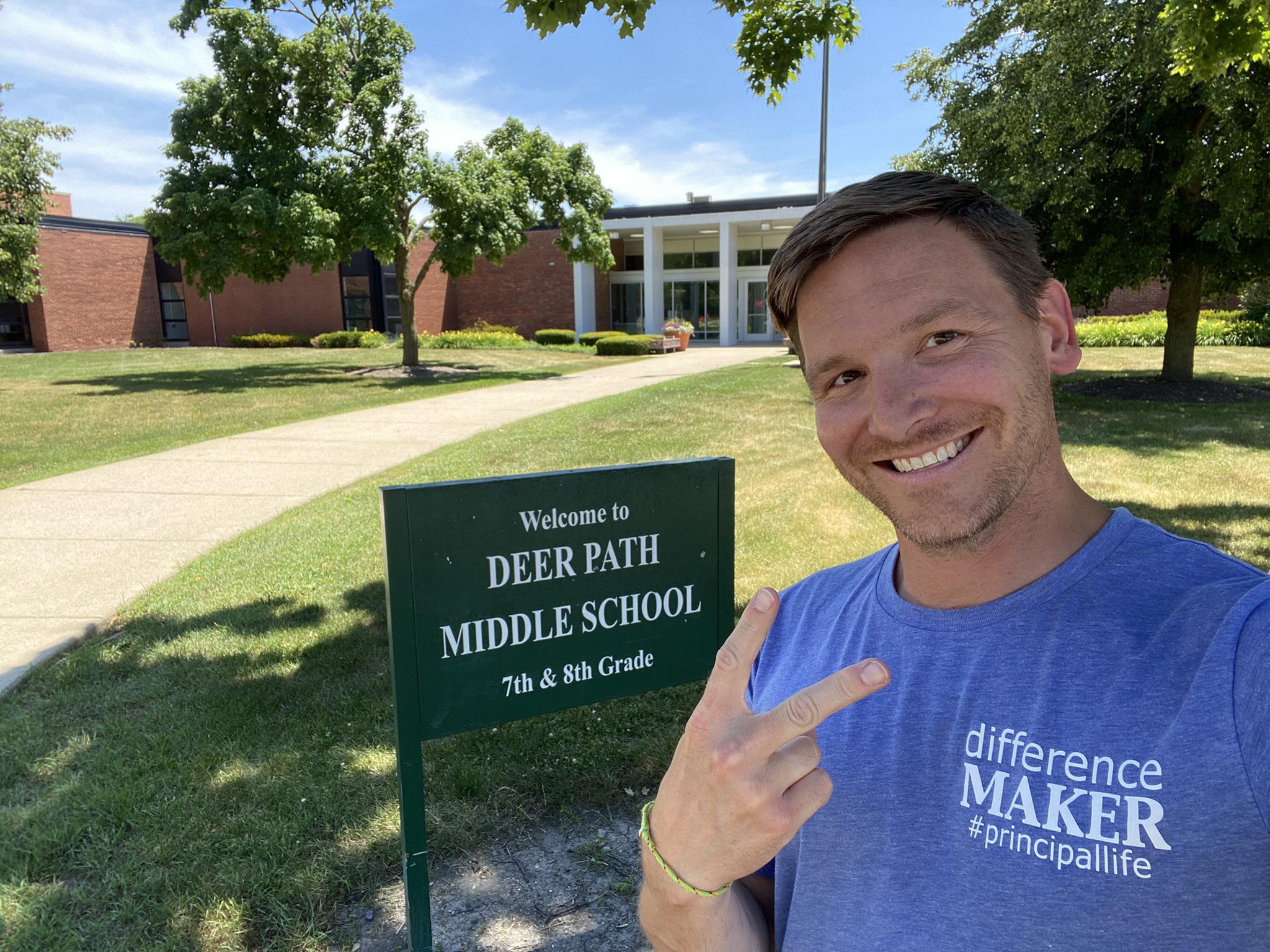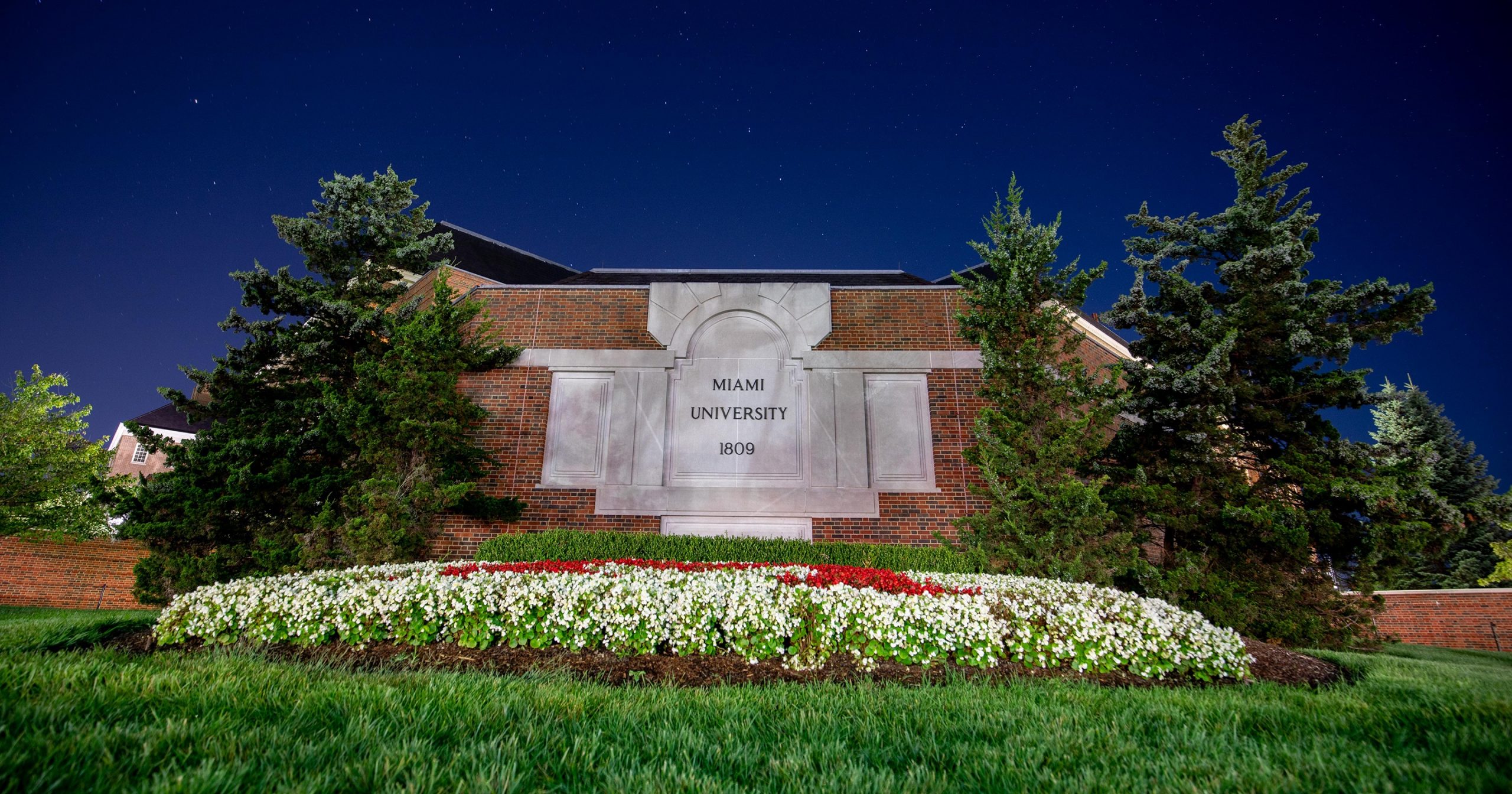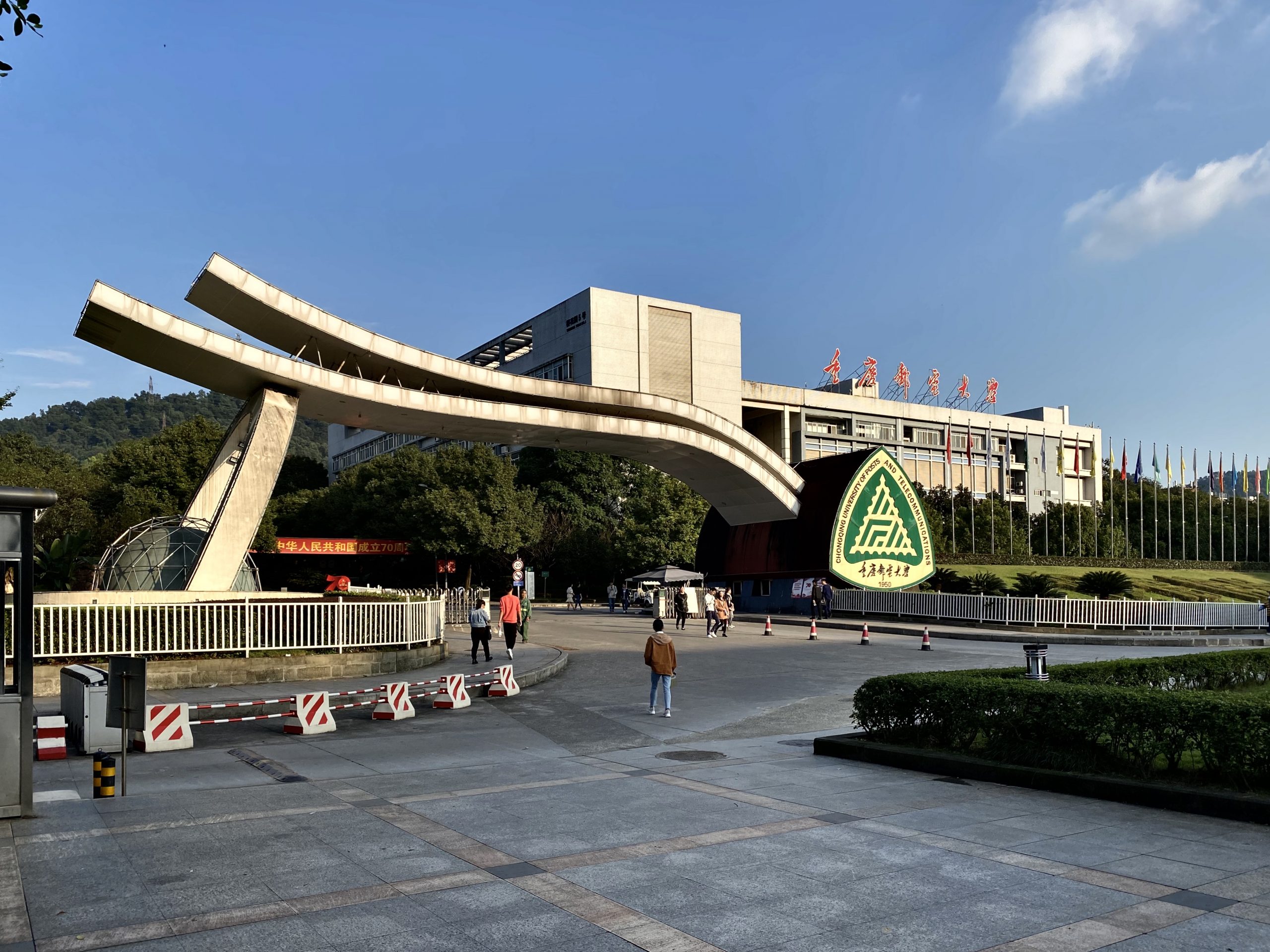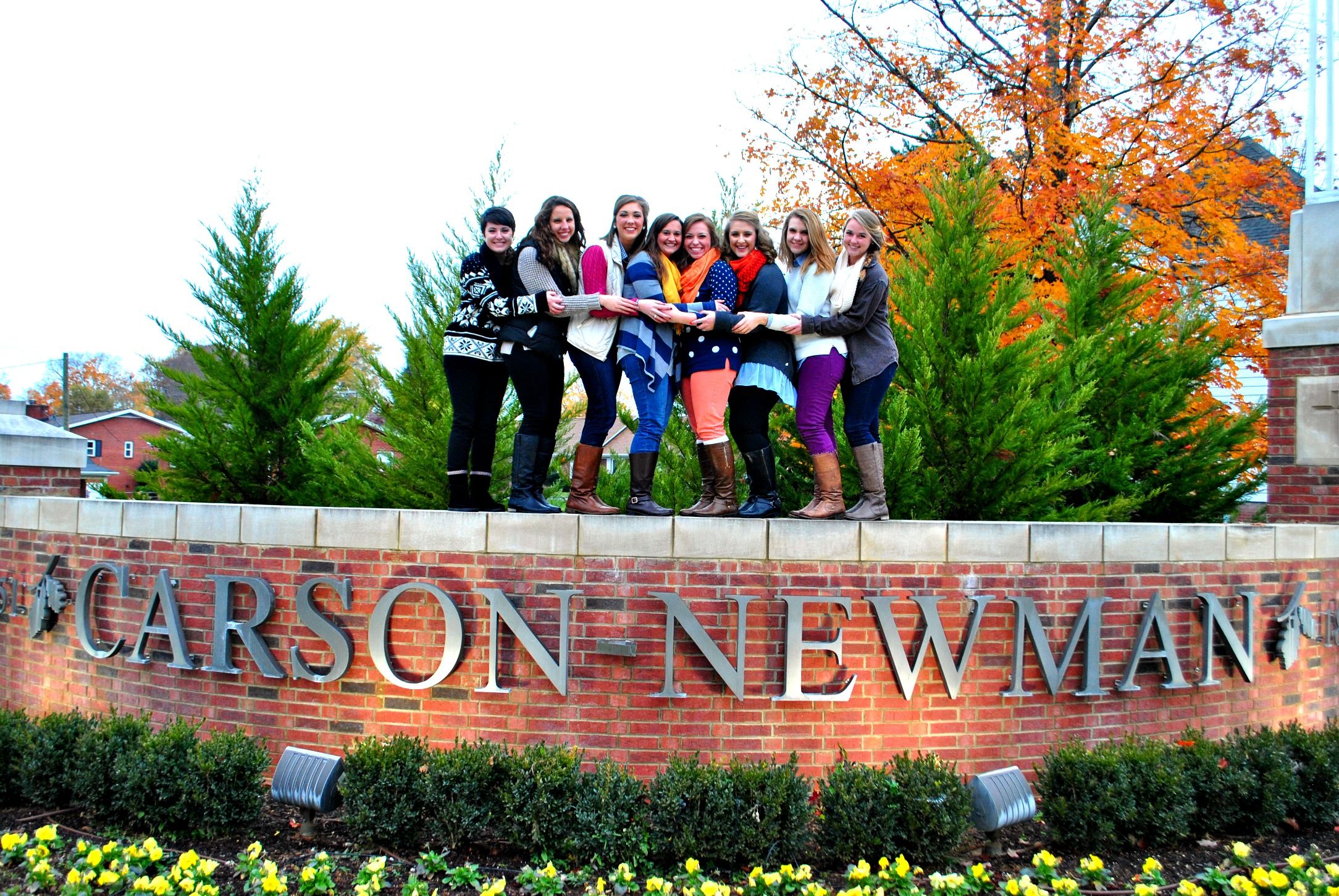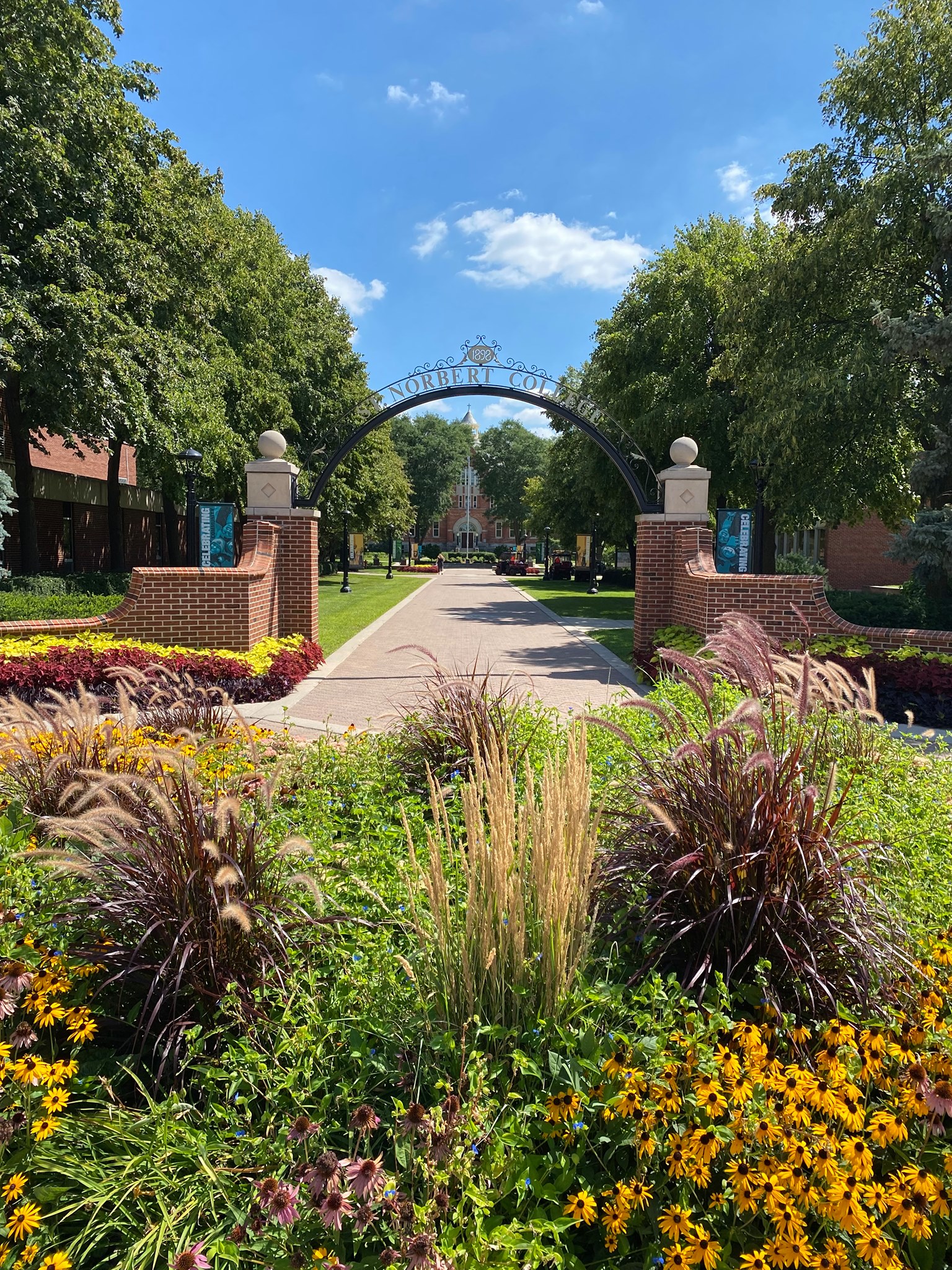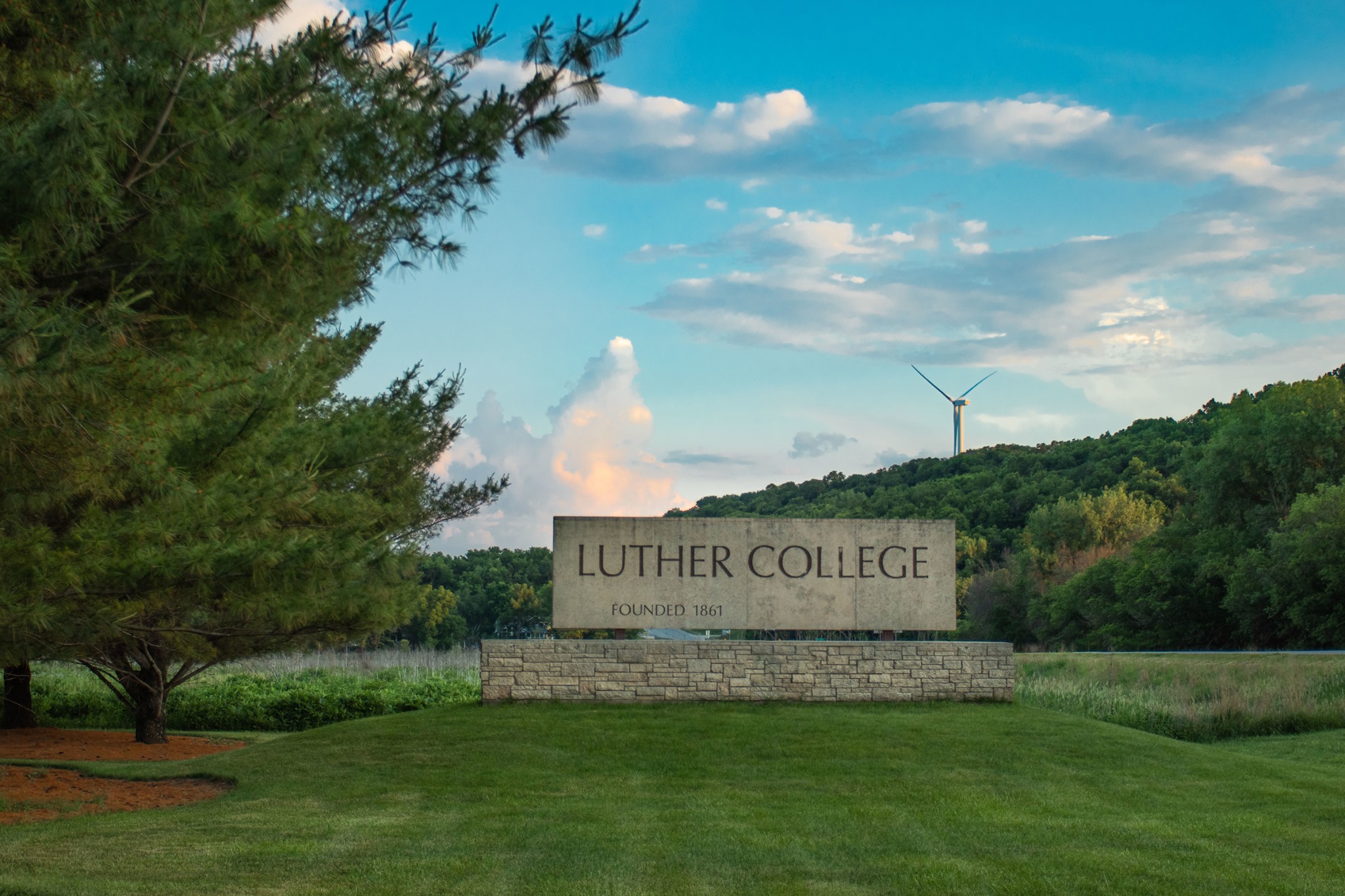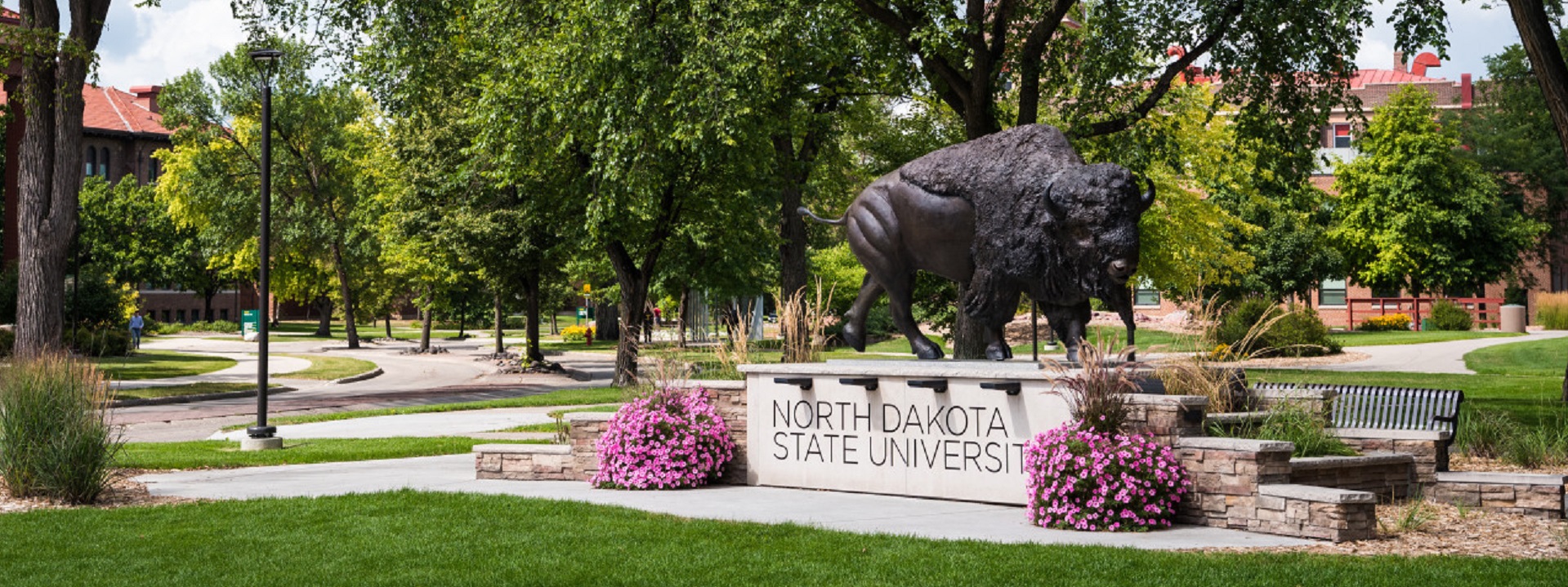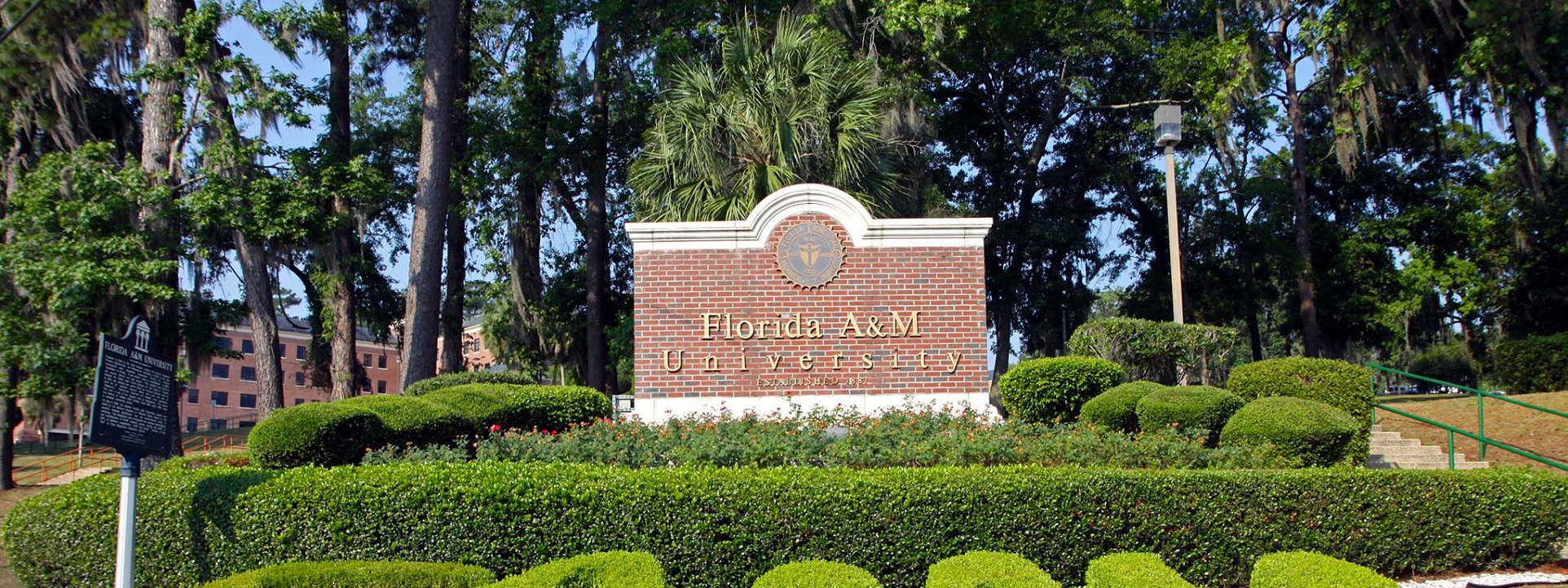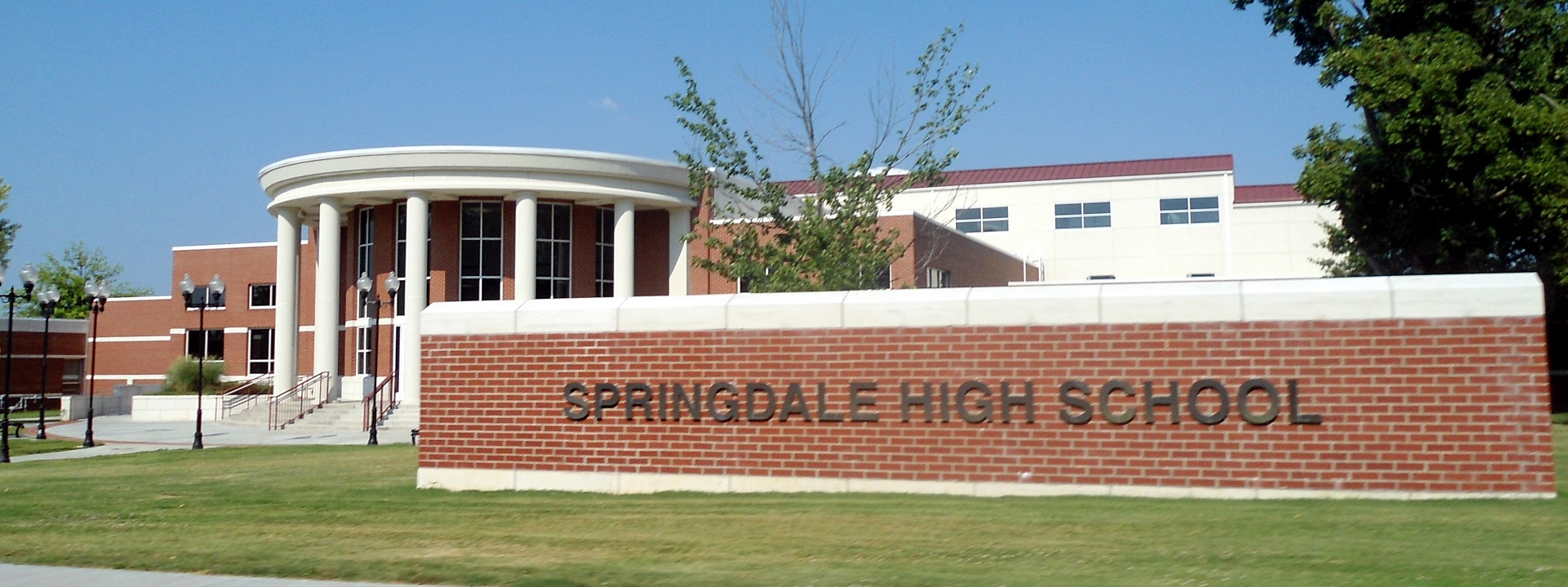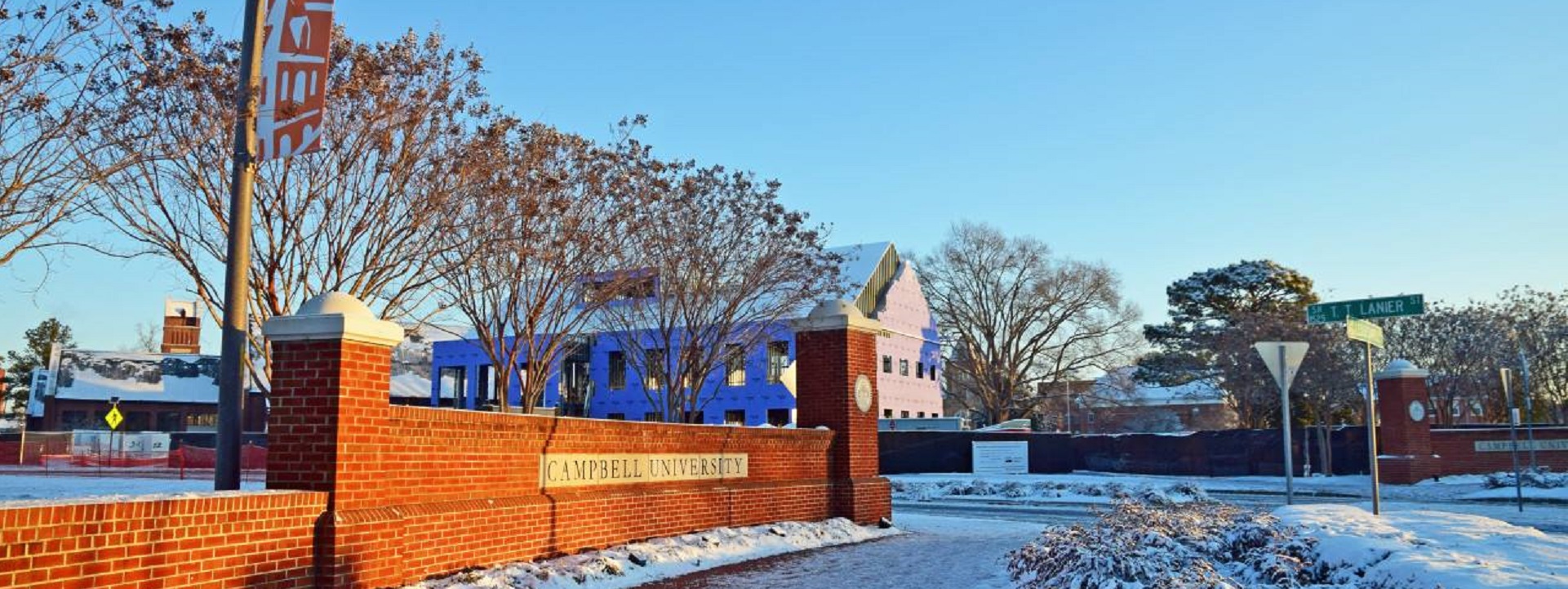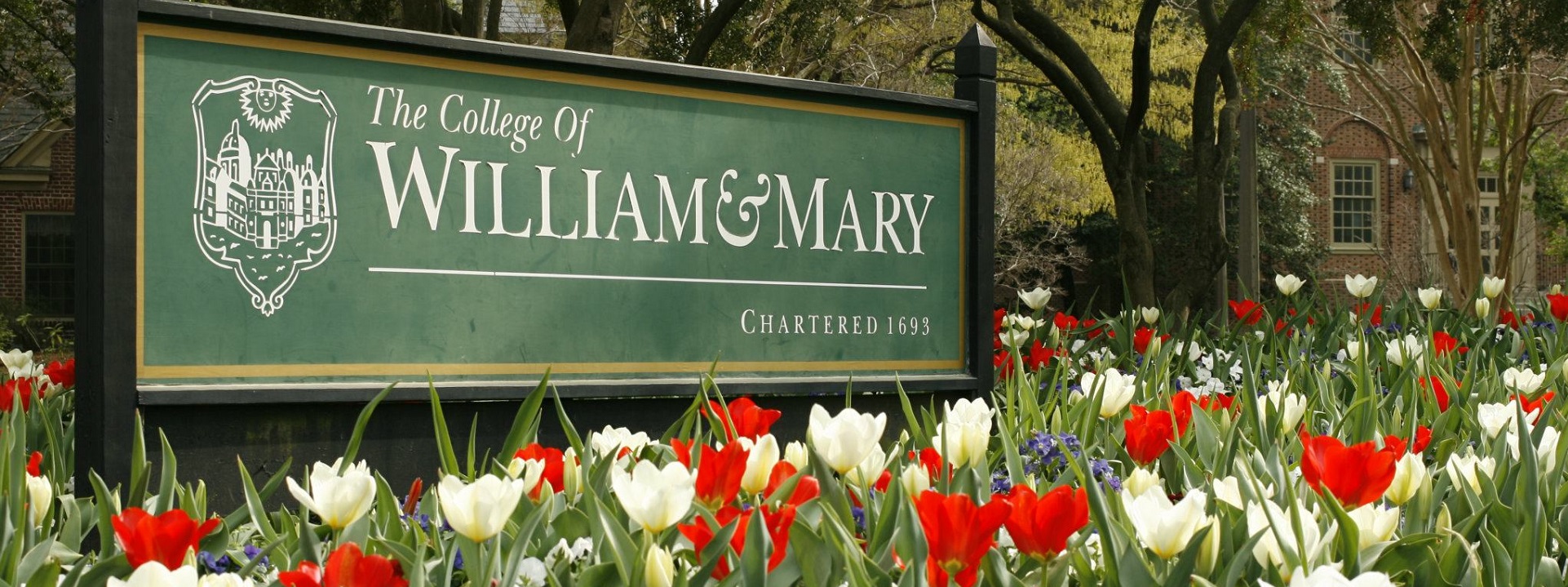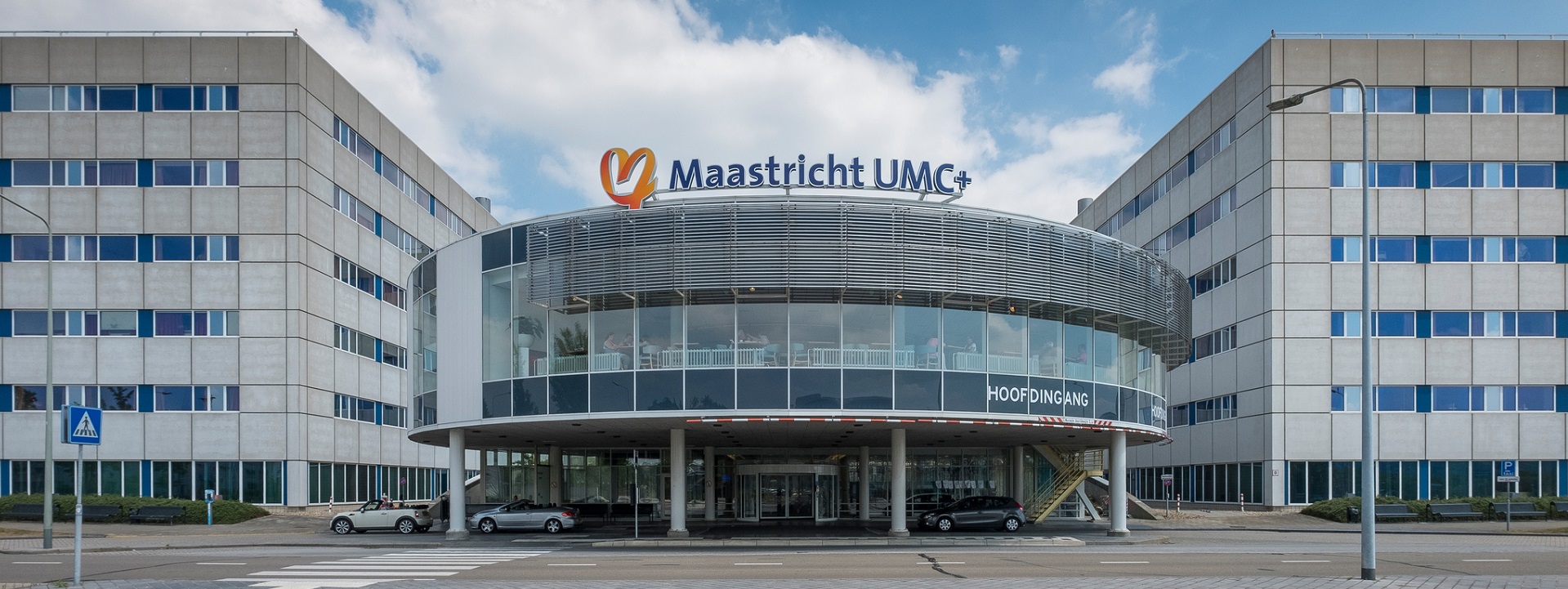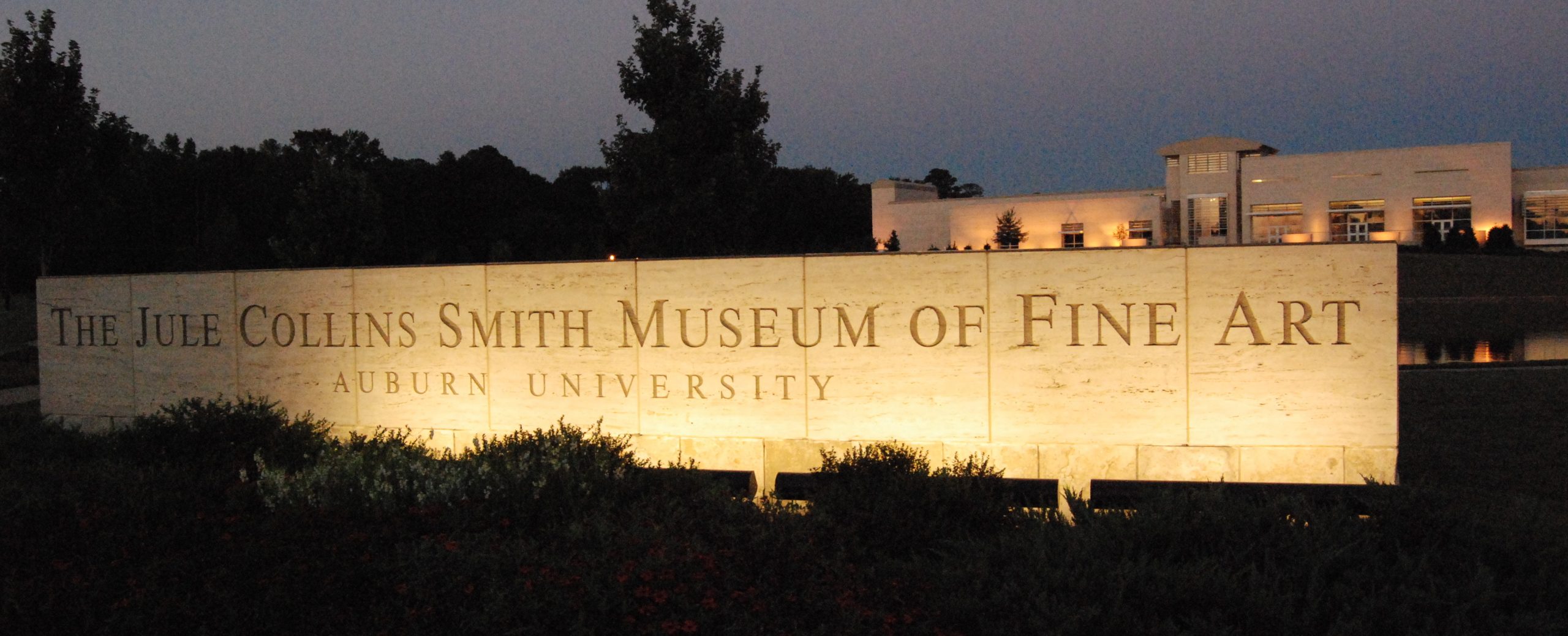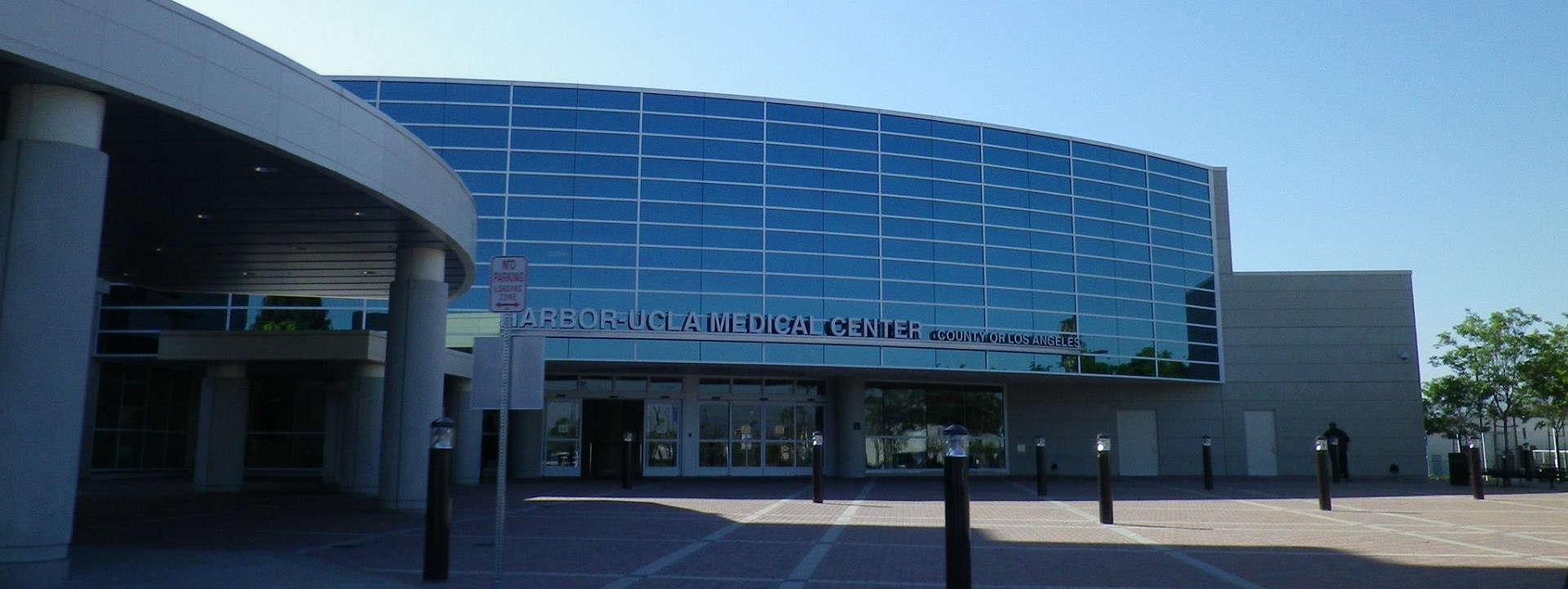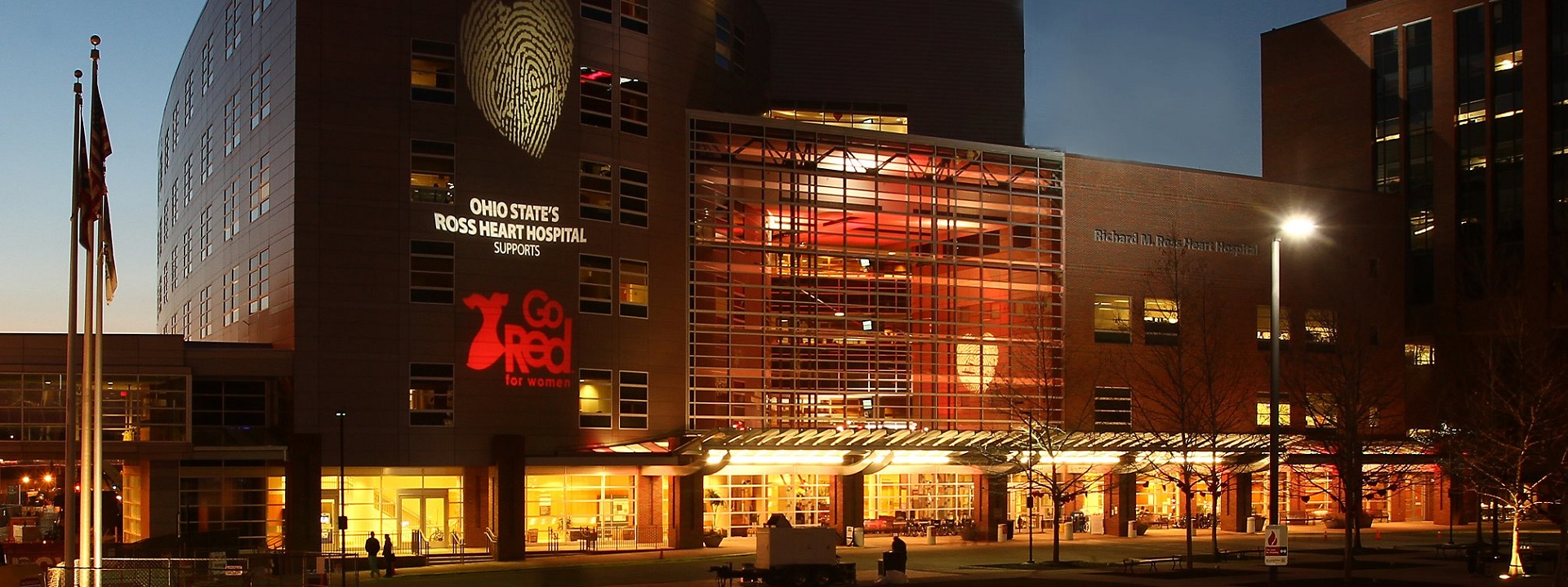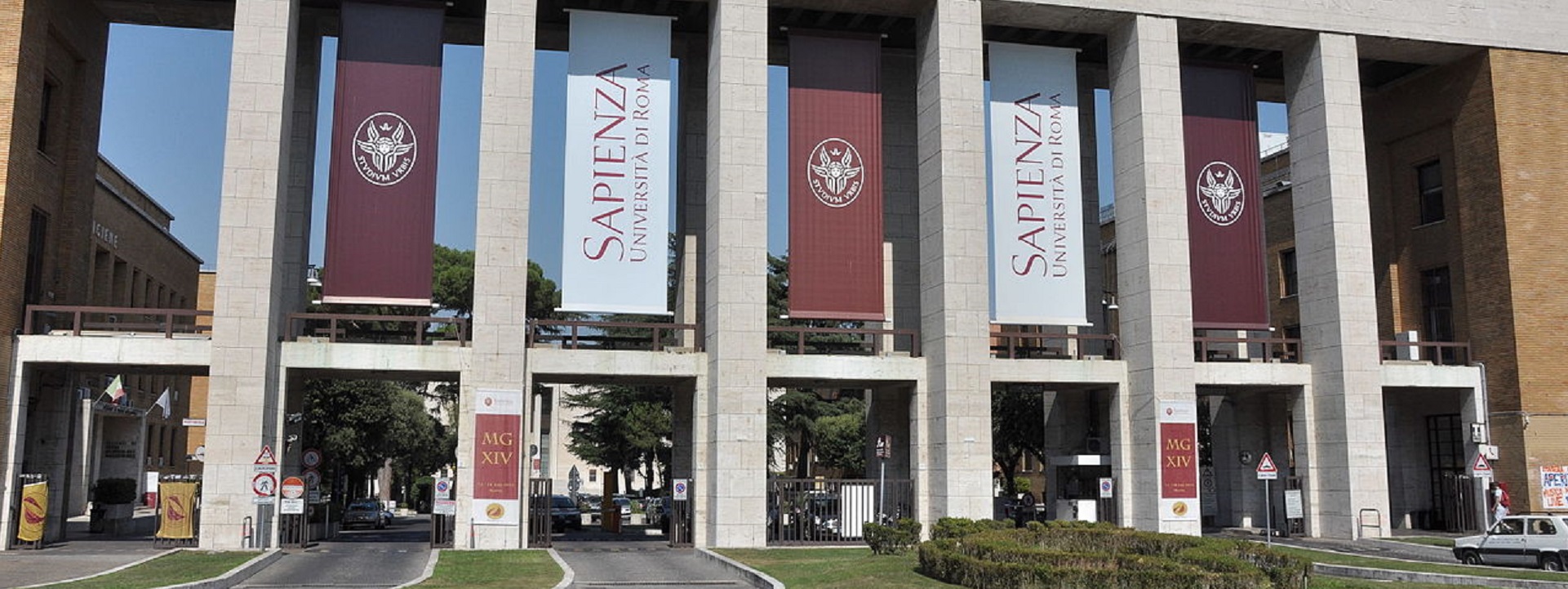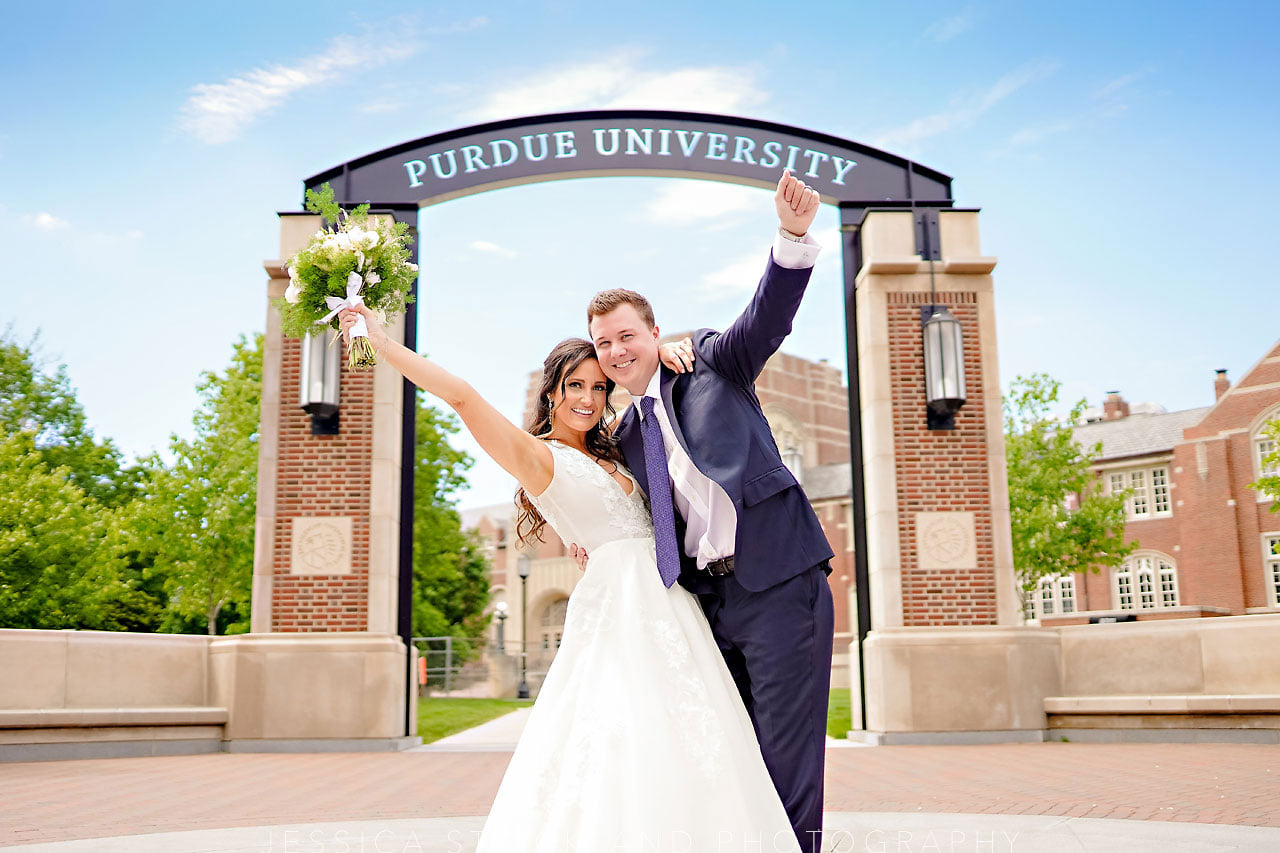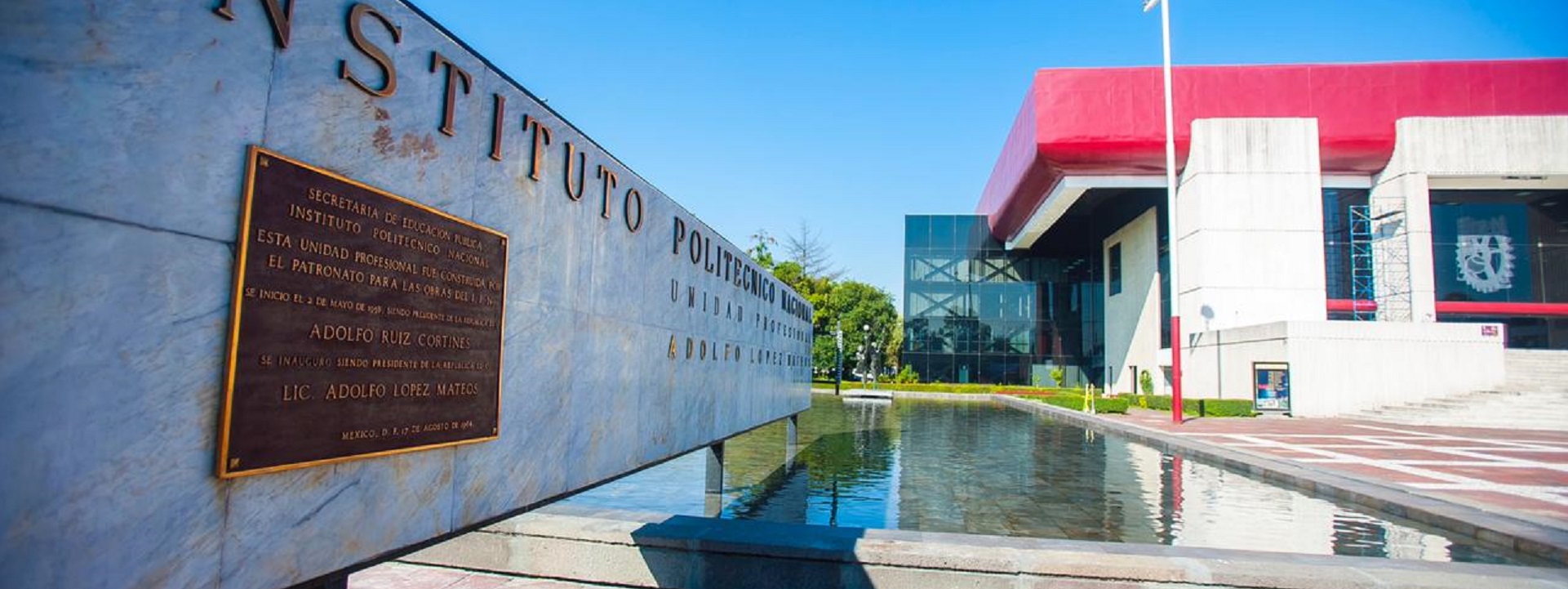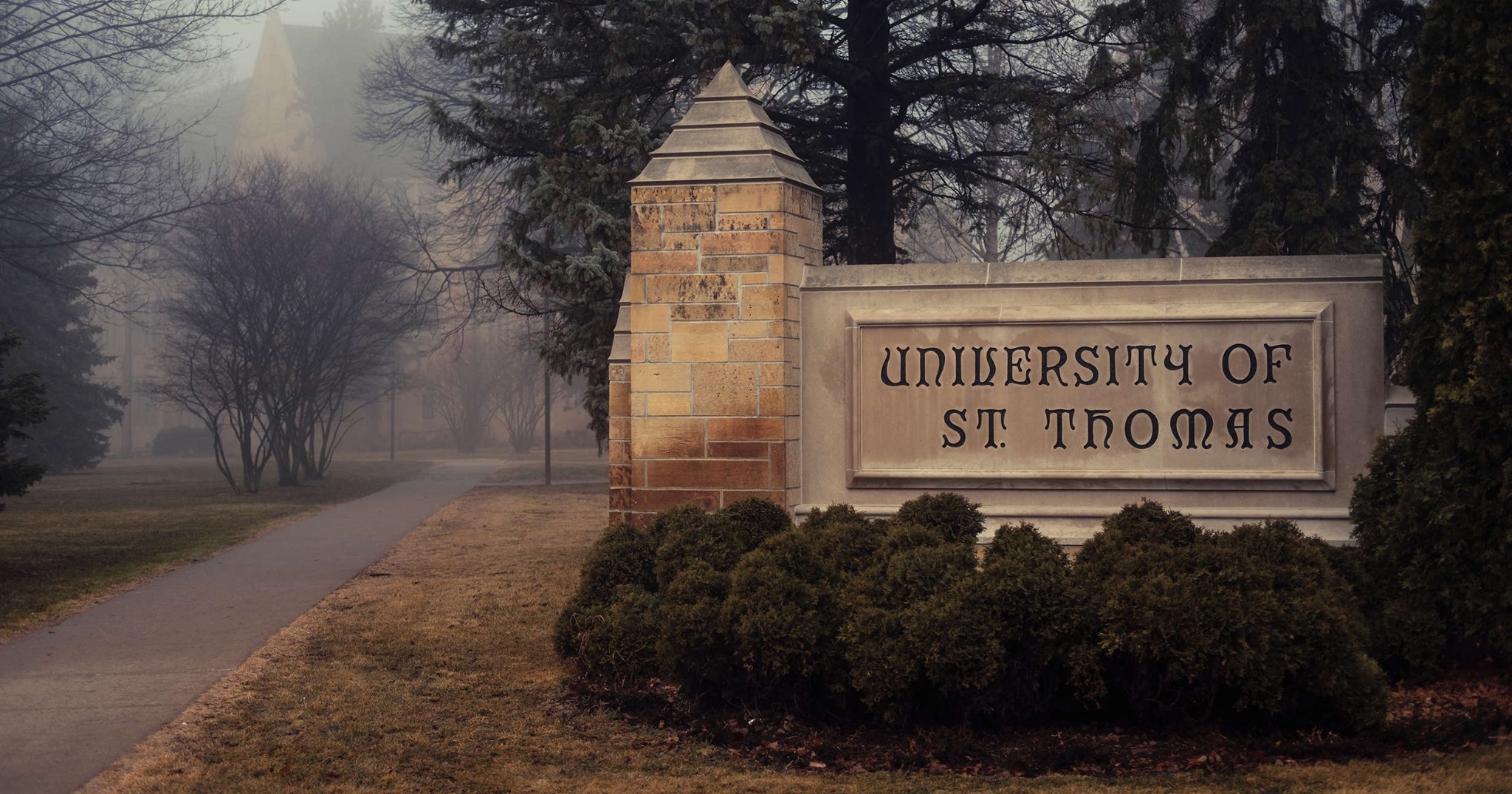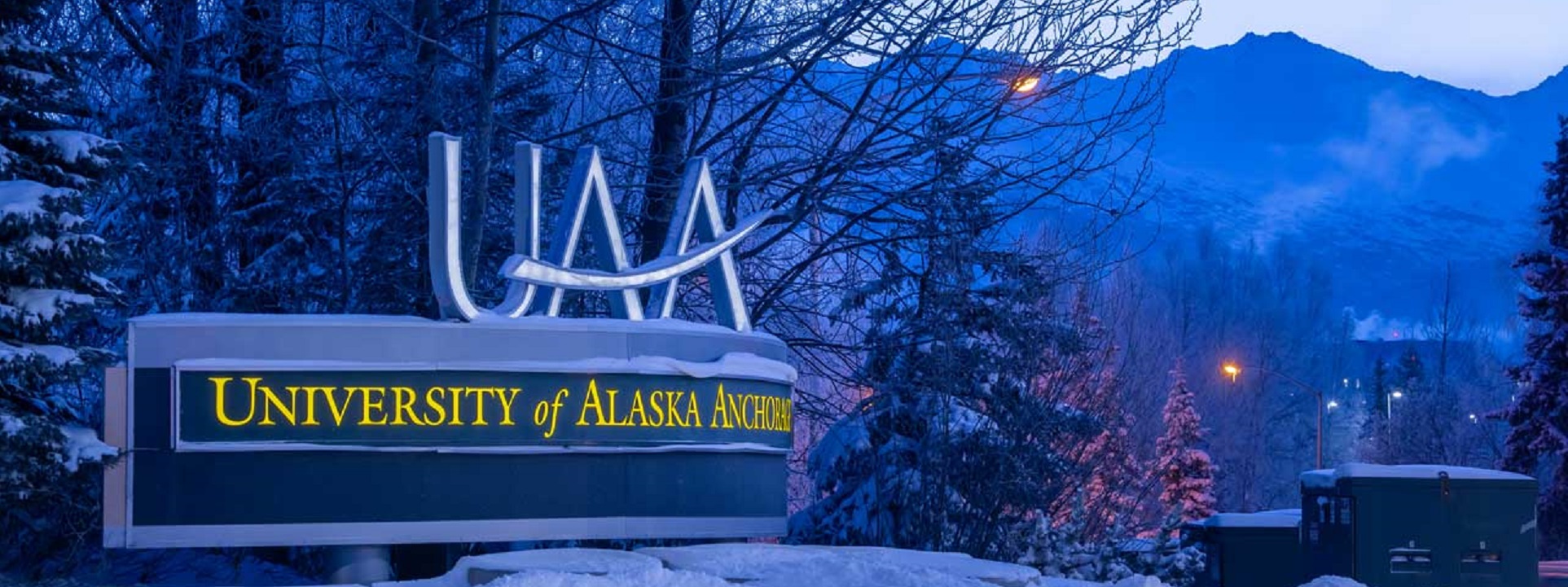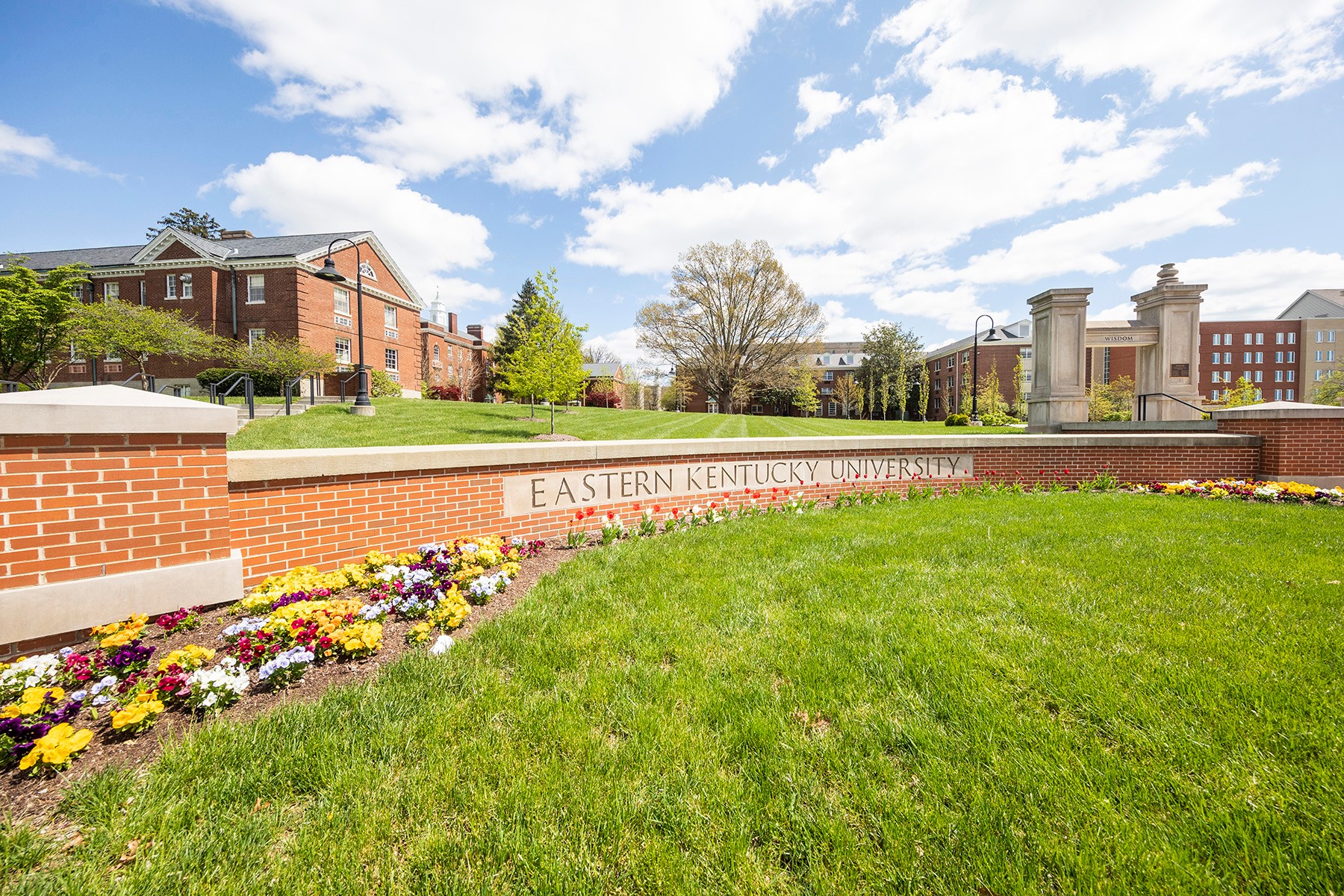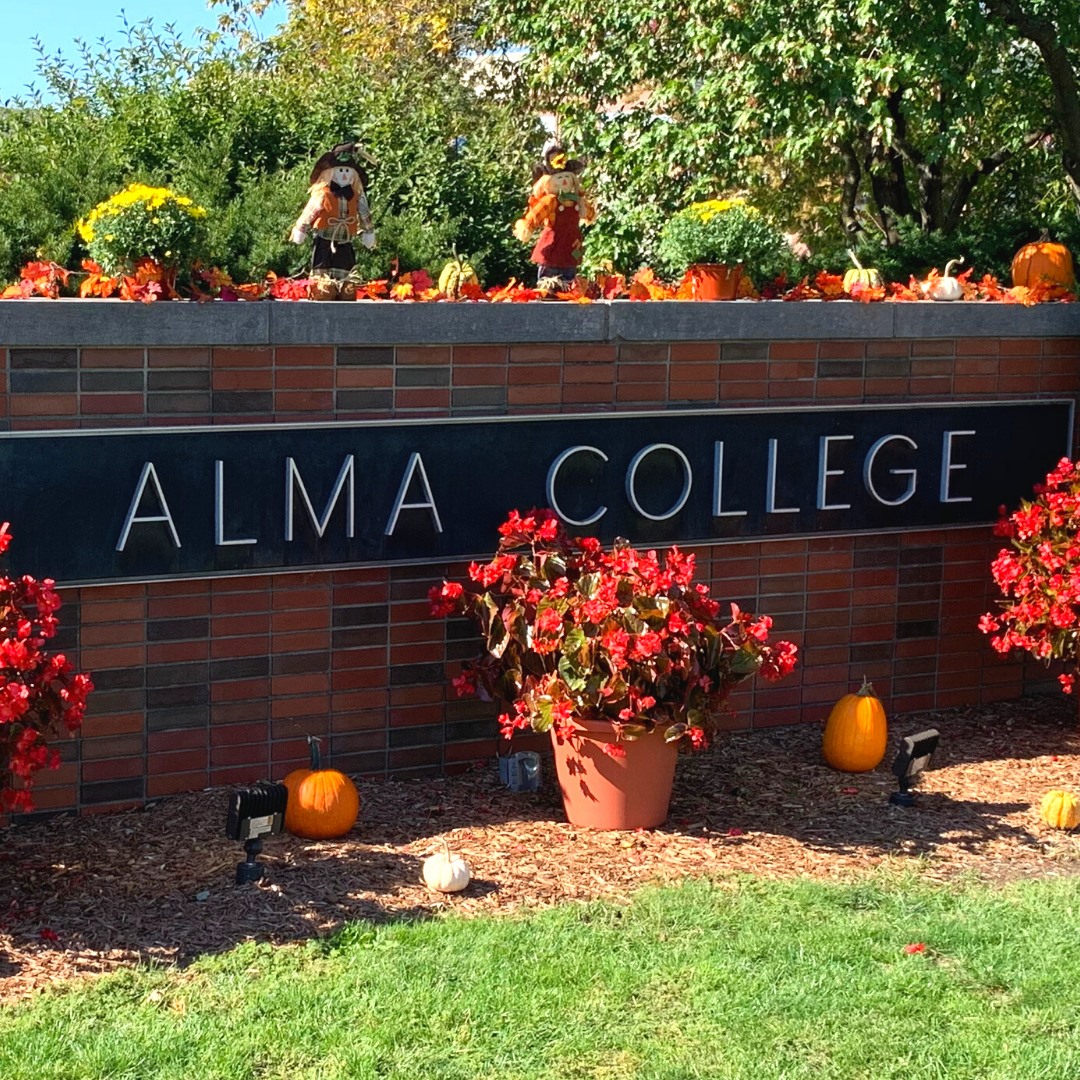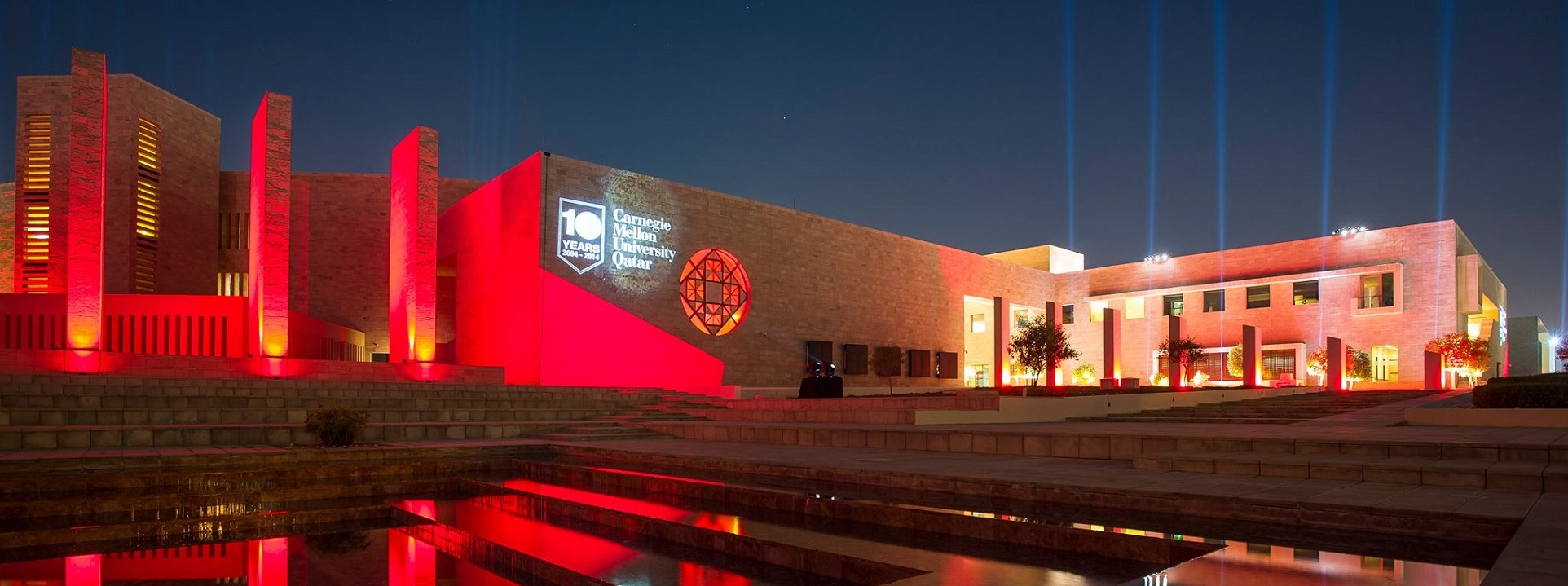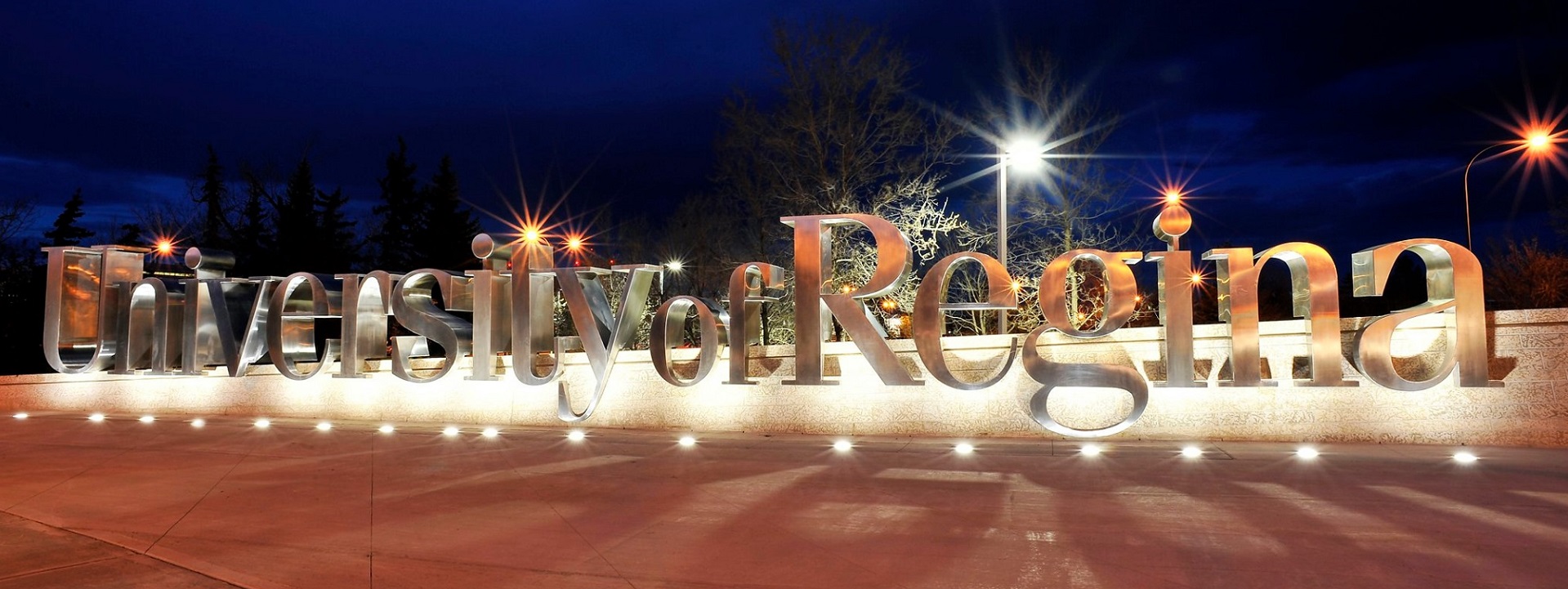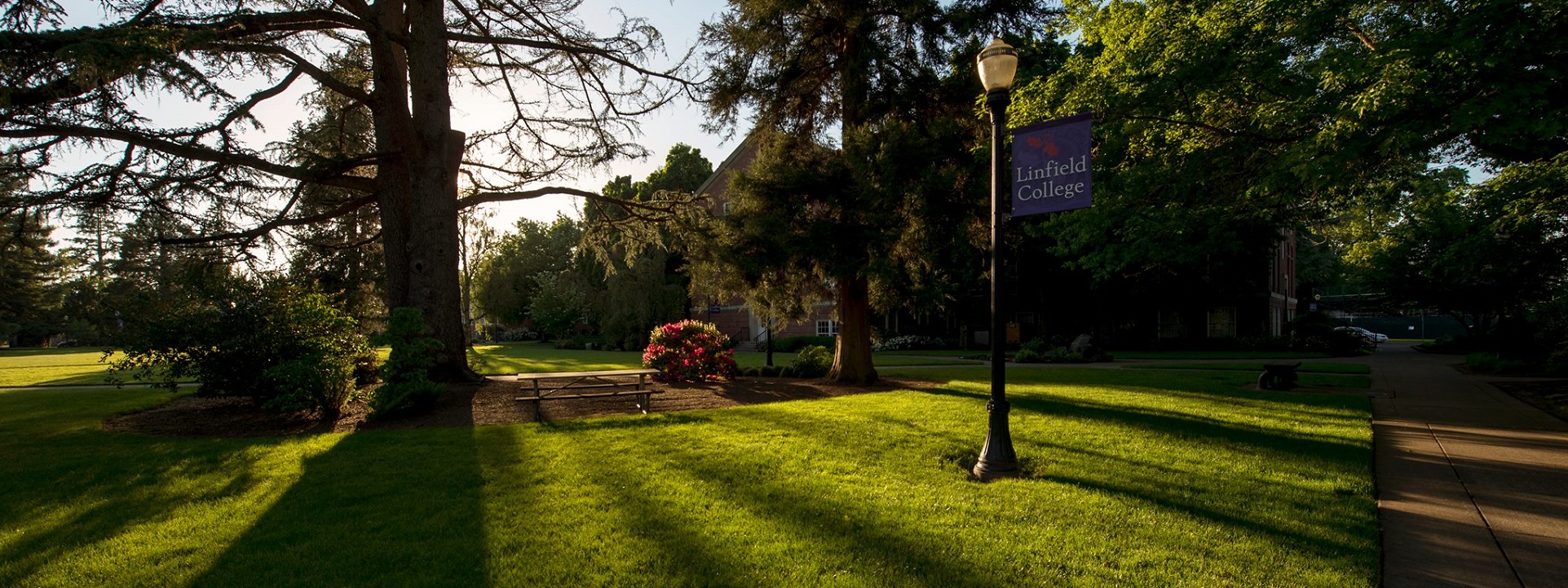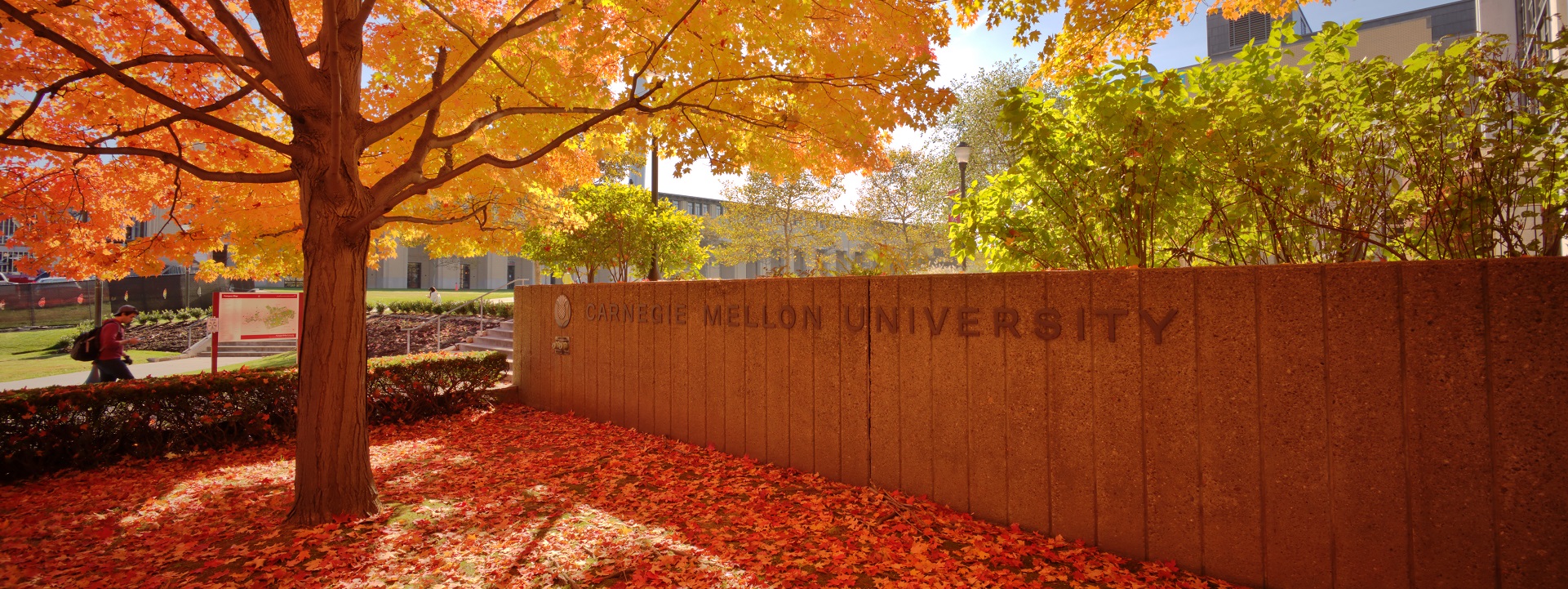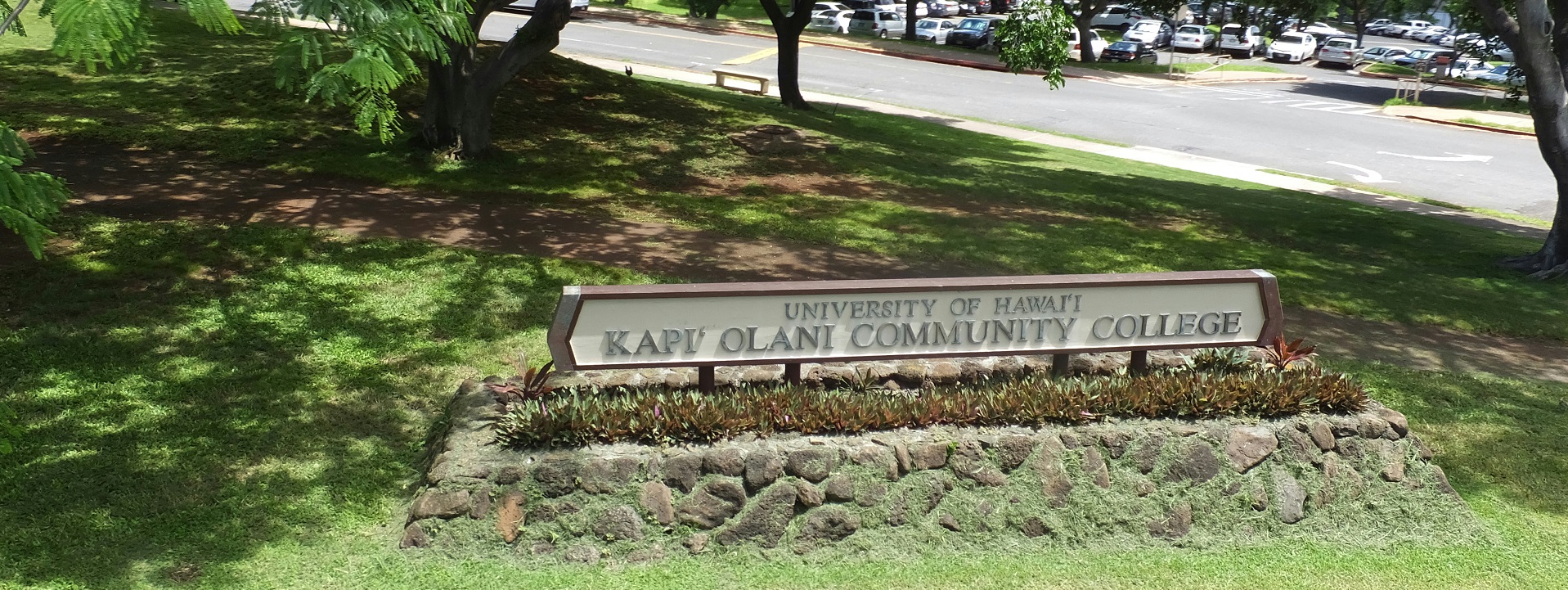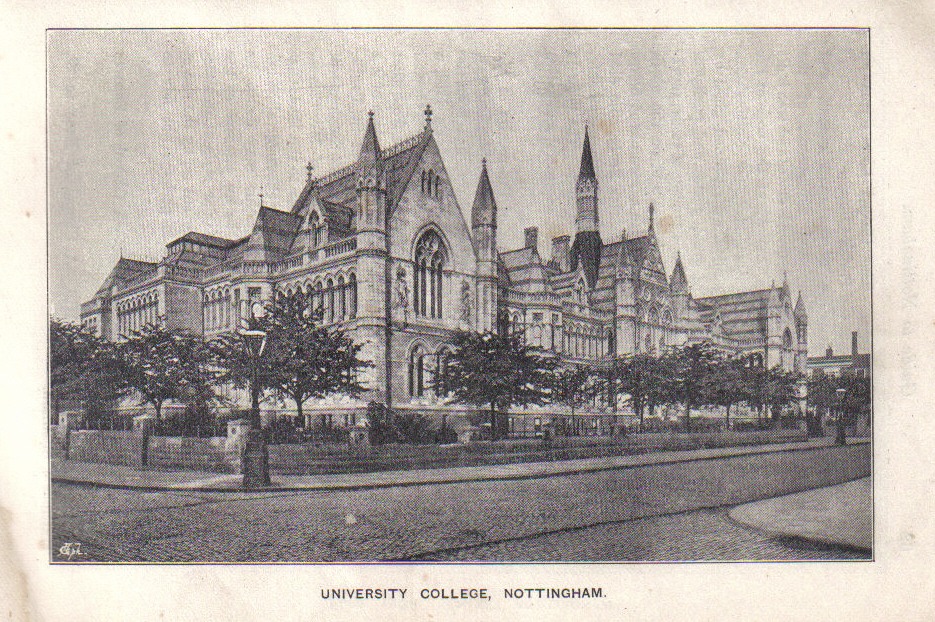Chicory, surrogate and roasted coffee provide new insights into mechanisms of taste perception
Dr. Gisela Olias, Presse- und Öffentlichkeitsarbeit, TUM
In some Christian traditions, especially among Catholics who observe dietary restrictions during Lent, chicory root has been used as a caffeine-free substitute for coffee. It’s commonly consumed in Louisiana and parts of Europe.
The term “Muckefuck” (pronounced “Mook-eh-fook”) is a traditional German word for coffee substitutes, particularly those made from roasted chicory root, barley, or other grains. No joke! “Muckefuck” is a real historical term in Germany, and while it may sound funny to English speakers, it has nothing to do with profanity.
- The word likely comes from a mix of French and German dialects. One theory is that it originates from the French phrase “mocca faux”, meaning “fake coffee” (literally, “false mocha”).
- Over time, German pronunciation altered it into “Muckefuck”, referring to coffee substitutes made from chicory, barley, or other roasted grains.
- It was commonly used in Prussia, Bavaria, and other German-speaking areas, especially during times of war or economic hardship when real coffee was unavailable.
While the word may raise eyebrows for English speakers, it’s completely innocent in German! If you prefer, you can simply ask for “Chicorée Kaffee” or “Malzkaffee” in Munich to avoid any awkward moments.
Related:
Development of suitable formula for ready-to-drink healthy mixture of chicory and coffee




